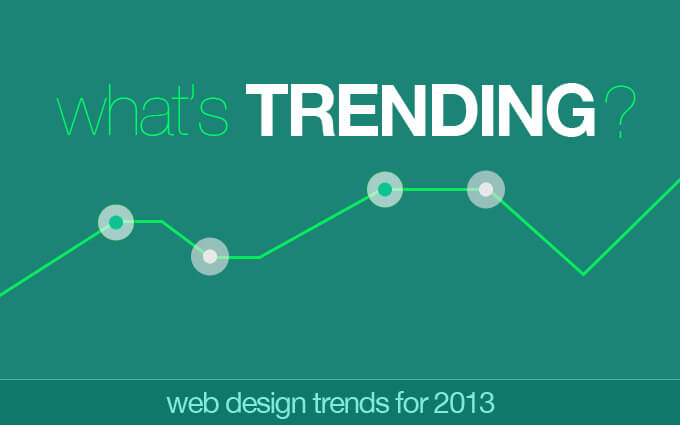
The quick development and growth of information technology within business is providing unique challenges and opportunities each day. This has and will continue to become a large task for companies to manage and keep up with the development trends of 2013. Below are some of the trends.
Multi-Device Design
It is a huge challenge for designers and developers to develop such a module having a multi-device design aspect. Device specific design is dead. It is not just web, desktop and mobile anymore, but web, desktop, mobile, couch, TV and more.
Responsive & Adaptive Web Design
This form of design is mostly applicable for website development. In the recent times, there has been a significant rise in the number of Smartphone and iPhone users with a push for accessing businesses from mobile devices. Unlike the traditional approach of building two versions of the same website (a desktop and a mobile), responsive and adaptive websites automatically adapt to the screen size and capabilities of any device. The cost benefits are clear: one version of the website to build and to maintain.
Minimalism – Simpler Is Better
The best thing about minimalist (simple) website layouts is that they challenge you to throw away what’s unnecessary. Simple design is better because it is more effective in communicating important messages without the “noise”. Expect to see simpler one-color icons, text-based navigation, and LOTS of empty white space. Leaner also means better performance.
The End of Flash
Adobe Flash is no longer the king of animation and interactivity. While there are still many legacy websites making use of Flash, in 2013 we will see that number dwindling. We predict an ever growing number of websites proactively replacing Flash with JavaScript, HTML5 and CSS3 for dynamic and interactive experiences that work universally well across platforms and don’t require any special plug-ins or software.
HTML5
One more trend is HTML5. In the past, designers used flash players for attractive banner ads or headers. But after the introduction of HTML5, it was designers who mainly preferred to use it. Flash is preferably used in web games or desktop games and much more.
Modular Design
In designing process, building blocks will be a new trend in 2013. A website would have more structured layout in 2013. By creating modules and blocks, web maintenance process will be made easier and economical.
Involvement of Standards
The main trend in 2013 is that web standards will be followed by web developers. There will be a negative impact if web developers do not follow these standards.
Tablet Thinking Goes beyond the iPad
People will realize that the iPad is not the magic unicorn they have been looking for. Android and Microsoft sales, combined with apps not being linkable outside each platform will result in custom HTML apps that will link with anything.
Content Strategy and Storytelling
Content is most important and people would like to read new content day by day. One should update it on the website.
Experimental Design
Year 2013 will be for new and experimental design. New features will be added into design to keep people’s attention. This experimental design model really works well.
Rise of the Hybrid Designer
We will see more cross functional pairings between designers and developers. Get it to a designer who knows how to code and then one who doesn’t. You will receive a more effective and fluid design from the former.
